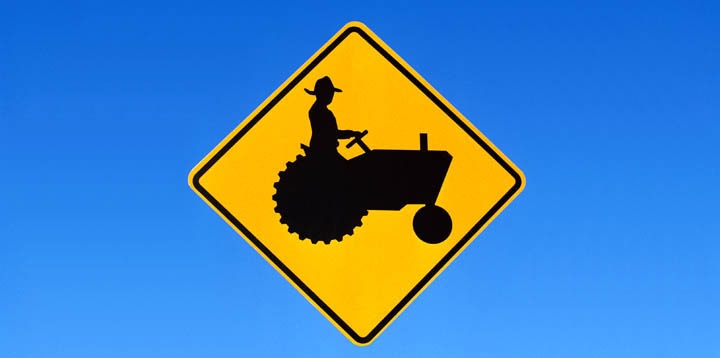May 7, 2012

The recent theft of a massive quantity of corn feed from a central Alabama mill underscores why farmers should take special safeguards against farm theft, especially in these hard economic times, cautions one expert.
In an incident vaguely reminiscent of “Kelly’s Heroes,” a 1970 movie in which a handful of World War II GI’s steal a truckload of gold from an occupied French village virtually under the German’s noses, a clutch of thieves managed to steal some $175,000 worth of feed corn from an Alabama mill — the equivalent of 25 tractor trailer loads, according to investigators.
Investigators also estimate that Koch Foods feed mill, where the theft occurred, located off Highway 21 in Talladega, sustained some $80,000 in property damage.
Investigators suspect employees may have been involved.
(For more on farm theft, see: Nasty roadway spikes nab farm copper thieves)
The thefts appear to have taken place between early December 2011, and late April 2012.
So what could thieves possibly do with 25 tractor trailer loads of feed corn?
Plenty, says one economist.
In lean economic times farm commodities typically offer prize pickings — the reason why farmers, cattlemen and even forestland owners should take special precaution to safeguard against theft, advises Max Runge, an Alabama Cooperative Extension System economist.
He says only two factors are required for a farm commodity to appear lucrative to thieves: its high value and an easy way to dispose of the commodity. Feed corn qualifies on both counts.
“The possibility of theft is always a viable option when these two factors are in play,” Runge says. “For instance, feed corn comes in pretty handy if they or someone else raises steers, hogs or some other animals.”
Feed laundering
Another potentially attractive source for corn feed disposal: the state’s multibillion-dollar hunting industry.
“If you consider how big hunting is in this state, how much land is tied up in hunting and wildlife plots, you get an idea not only of how valuable feed corn is but also how widely it can be sold,” Runge says.
Farm theft is not only limited to feed, Runge says. Aside from cattle, a subject of many a popular Wild West movie, thieves have been known to poach trees.
(For more, see: Road spikes nail California copper thieves photo gallery)
“Trees are no different from any other commodities — when prices go up, tree poachers are at the ready,” he says.
Farm theft is not limited only to commodities. Thanks to spiking copper costs, thieves increasingly are targeting the copper fittings in center-pivot irrigation systems.
There are precautions farmers can take to reduce their risk of theft.
Unlocked gates and doors essentially amount to calling cards for a determined thief, cautions Runge, who recalls the theft several years ago of several thousand dollars worth of cottonseed from an Americus, Ga., warehouse.
Along with locked gates and doors, Runge advises farm owners to create open spaces around farm offices, utility sheds and warehouses and to illuminate these areas at night.
This is an especially important consideration now as farmers, intent on reducing operating costs, are storing larger amounts of fuel and chemicals on the farm.
Parked farm vehicles should also remain out of view.
“With the prices of gasoline and diesel rising, there are plenty of incentives to syphon out gas, especially in more remote rural areas where there is less chance of detection,” Runge says.
Reflecting on the recent shooting of a farmer in rural southeast Alabama earlier this year, Runge says farmers should exercise special caution with strangers walking up on farm offices and other remote rural locations.
In recent years, budget restraints have forced the state of Alabama to reduce the number of agricultural investigators to a single employee — one reason why farmers should take special care to safeguard their operations against theft and, as the recent murder in southeast Alabama demonstrated, even against the potential risk of violent crime.
“Local law enforcement officials are increasingly carrying the bulk of the burden in rural localities,” Runge says. “They’re doing the best they can, but if only a single deputy is on duty and he’s 40 miles from a crime when it occurs, there is going to be a long delay.”
If the precautions could be summed up in a single sense, Runge says it is to “be careful, be wary and keep a record of inventory.”
You May Also Like




